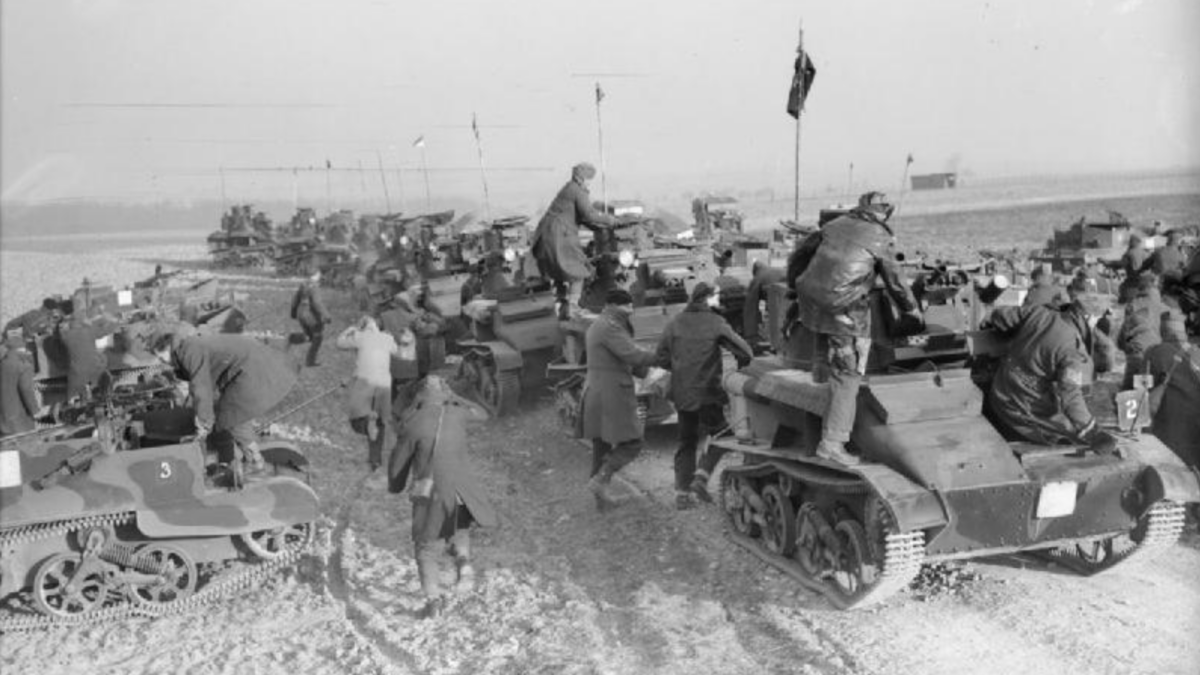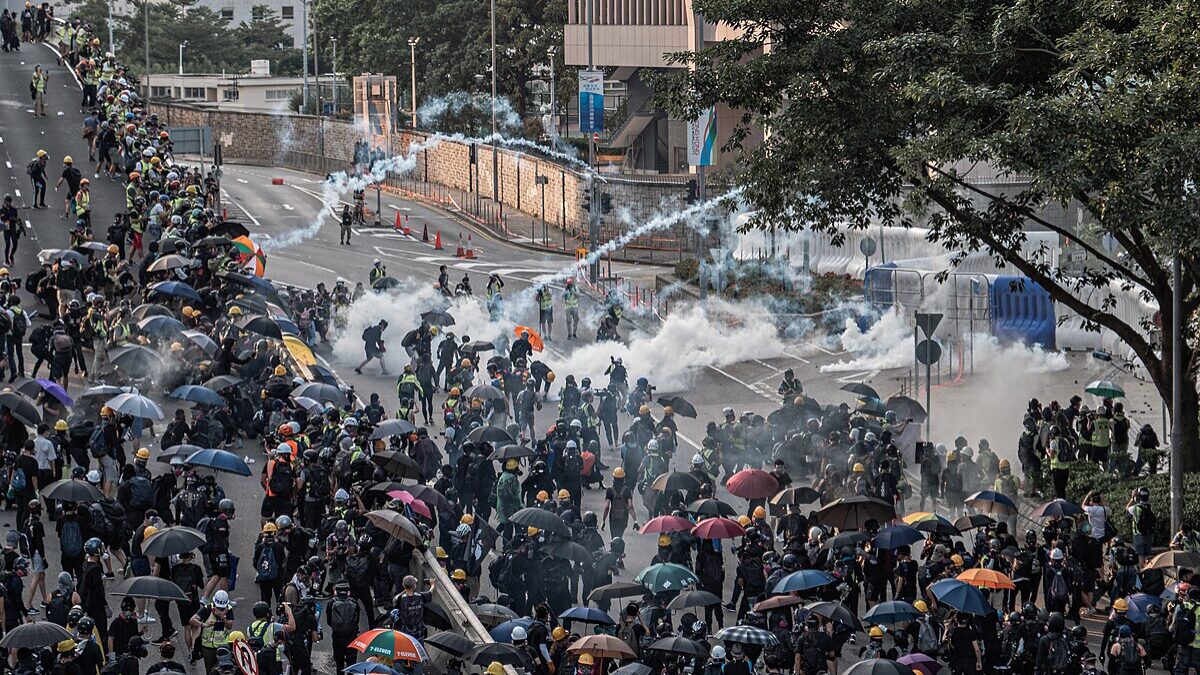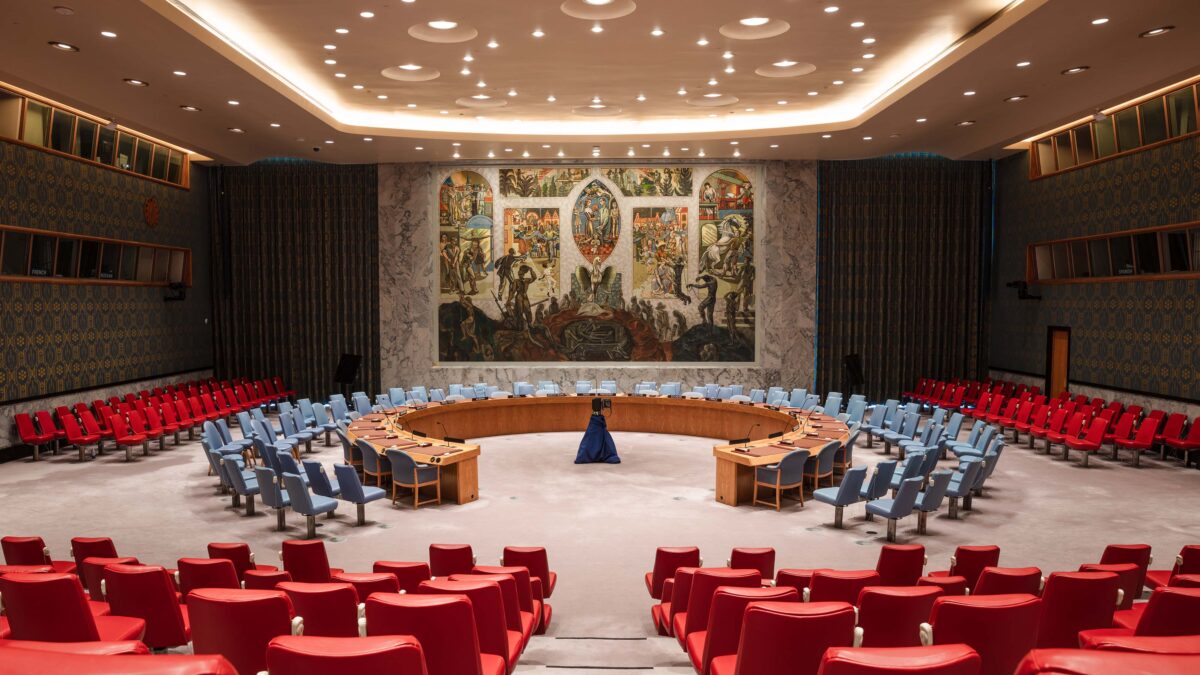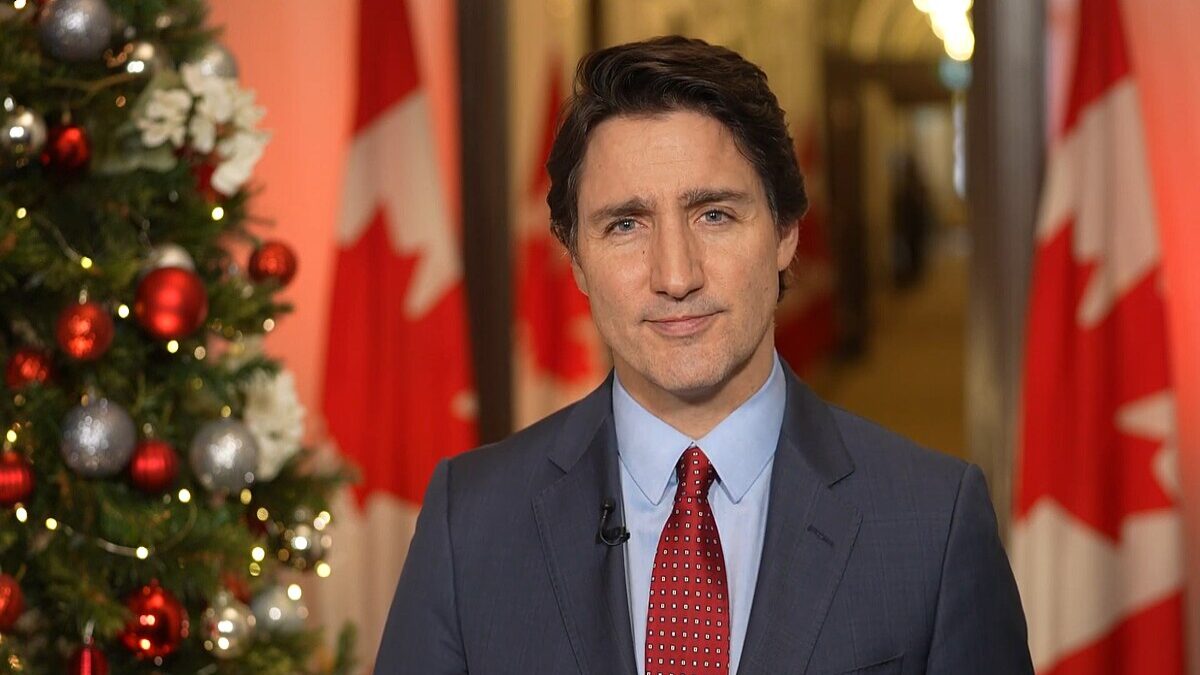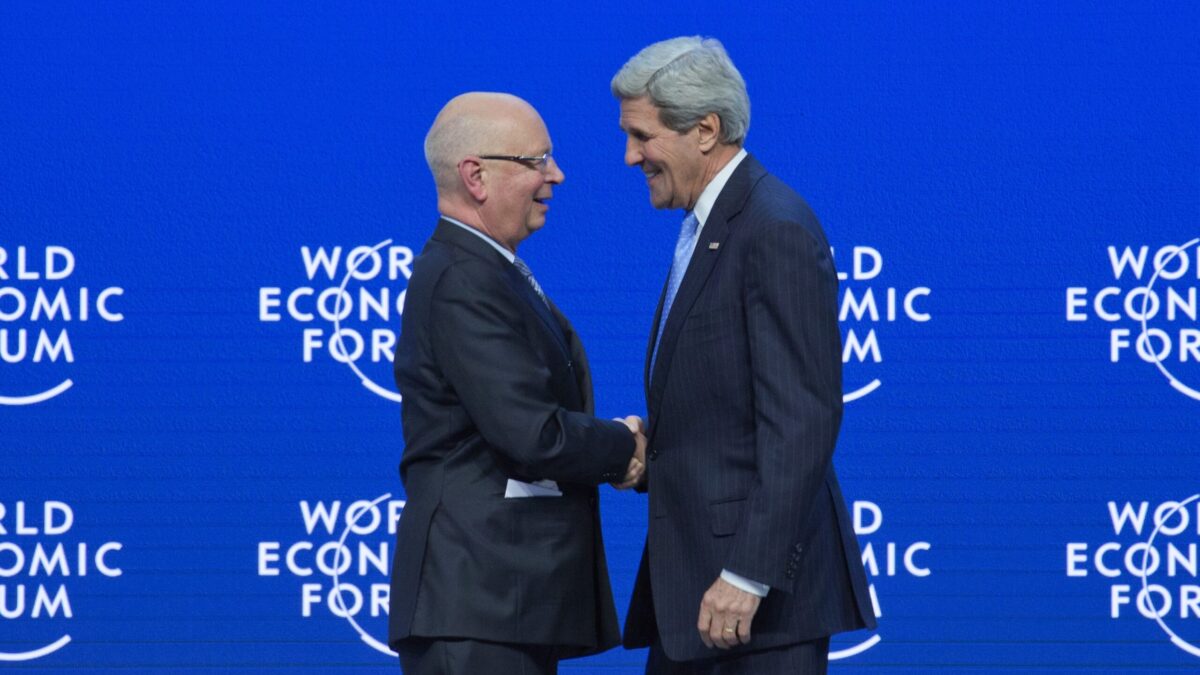Prior to Russia’s invasion of Ukraine on Feb. 24, experienced military analysts and pundits expressed a wide range of opinions about Russia’s military capabilities and Ukraine’s ability to effectively resist.
Through the 20-20 vision of those viewing the recent past, it’s clear that most analysts overestimated Russian capacities and underestimated Ukrainian ability to resist. This shouldn’t be a surprise. Warfare is complex and thankfully rare enough that forecasting outcomes are more fraught for the analysts than is predicting sporting matchups or election outcomes.
One example from history illuminates the challenge. When the Germans invaded France and the Low Countries on May 10, 1940, many experts predicted a stalemate, not unlike that of World War I — a short German advance followed by bloody trench warfare.
The French had prepared for the conflict, building a mighty system of defensive fortifications known as the Maginot Line on their frontier with Germany. France did so largely in reaction to the very severe losses they suffered in the opening stages of WWI when their “Attaque à outrance” (Attack to excess) doctrine resulted in massive casualties and little to show for it in the face of machine guns and modern artillery.
In the harsh winter of 1939-40, the French feverishly worked to extend their line of fortifications, but the weather was so cold, the concrete they poured crystalized, rendering it ineffective against German artillery. Even so, as the Germans invaded, their army only outnumbered Allied forces by a scant margin: 3,350,000 troops to 3,300,000.
The Allies had an almost 2:1 superiority in artillery — 7,378 for the Germans, 13,974 for the Allies. In the air, the Germans had an almost 2:1 advantage, 5,638 to 2,935. Lastly, in tanks, the decisive battle system, the Allies seemingly had an advantage, with the Germans possessing 2,445 tanks to the Allies 3,383 or more.
Yet, only six weeks after the German invasion, Allied armies were wrecked or surrendered, with the Netherlands, Belgium, Luxembourg, and France all having capitulated. What happened?
In retrospect, the German victory was due to a few small things that all but a few Western analysts such as Britain’s B. H. Liddell Hart could foresee. For instance, French tanks were well-armored but slow. They also featured one-man turrets, overwhelming tank commanders by the need to fire their own guns and command at the same time.
Radios in tanks were also in short supply in the French army. Further, German doctrine called for the joint employment of infantry, armor, and air power. The result was a rapid German advance over a ponderous Allied military.
In some ways, the Russian assault on Ukraine appears to suffer from the near opposite of the pre-war expectations in 1940. Russia was widely anticipated to roll over Ukrainian resistance. There are a few reasons this has been the case.
Russia’s Miscalculations
First, the Russians vastly underestimated the determined resistance the Ukrainians would offer. As a result, they sized their force and planned their initial assault to rapidly topple the government in Kyiv with minimal damage to either side. When that didn’t happen, they had no Plan B.
Second, Russian planners were overconfident in the fighting prowess and morale of the conscripts that make up significant portions of their combat units. Whether to preserve operational security or due to cultural disregard for sharing information to the average soldier, Russians appear to have been largely mentally unprepared for the coming fight.
Third, Russian planners ignored their own meteorological history insofar as the perils of the mud season known as Rasputitsa. Normally, a month or two in the spring and fall, Rasputitsa notoriously turns the Russian and Ukrainian countrysides to vast stretches of mud that make cross-country movement off improved roads all but impossible. There was never a hard freeze in Ukraine this winter, meaning Rasputitsa never ended — making Russian forces more road-bound than is tactically advisable.
Fourth, Ukraine learned a lot from its sharp defeat at the hands of the Russians in 2014 in the Donbas Basin to the east and in Crimea. Under former Ukrainian President Petro Poroshenko, the Ukrainian military underwent an extensive effort to retool and reform, rooting out corruption and revising doctrine. These efforts have paid off handsomely on the battlefield.
These factors and others are likely to lead to a long struggle in Ukraine. Images of hastily requisitioned civilian vehicles emblazoned with the now-infamous “Z” on Russian flatbed rail cars suggest the Russian government is unable to muster sufficient logistics support for its stalling effort.
NATO Shouldering the Burden
Similarly, Western powers and Ukraine need to prepare for the likelihood of a drawn-out war. This means high-volume consumables such as shoulder-fired anti-tank and anti-aircraft missiles need to be replenished immediately by the North Atlantic Treaty Organization, especially given the worldwide chip shortage.
Further, provisions should be made for repairing and refurbishing the vast amount of military equipment that has been damaged or captured in this conflict but that might otherwise be returned to use. This could be done in NATO nations adjacent to Ukraine and might be a useful way to employ additional volunteers wanting to help Ukraine who are skilled in maintenance but otherwise not fit for combat. Such a capability would also be useful in allowing the gathering and return to the operational status of old Soviet bloc equipment from the dozens of nations around the world that might be purchased or donated.
If this war turns into a contest of attrition, then Western economic sanctions will eventually degrade the Russian economy’s ability to support the war effort, potentially moderating Russian demands for Ukrainian territory or disarmament. To be clear, a long war will be devastating for Ukrainian civilians and destabilizing for nations hosting large refugee populations. But the damage to Russian power, especially in the long term, may even be greater.
